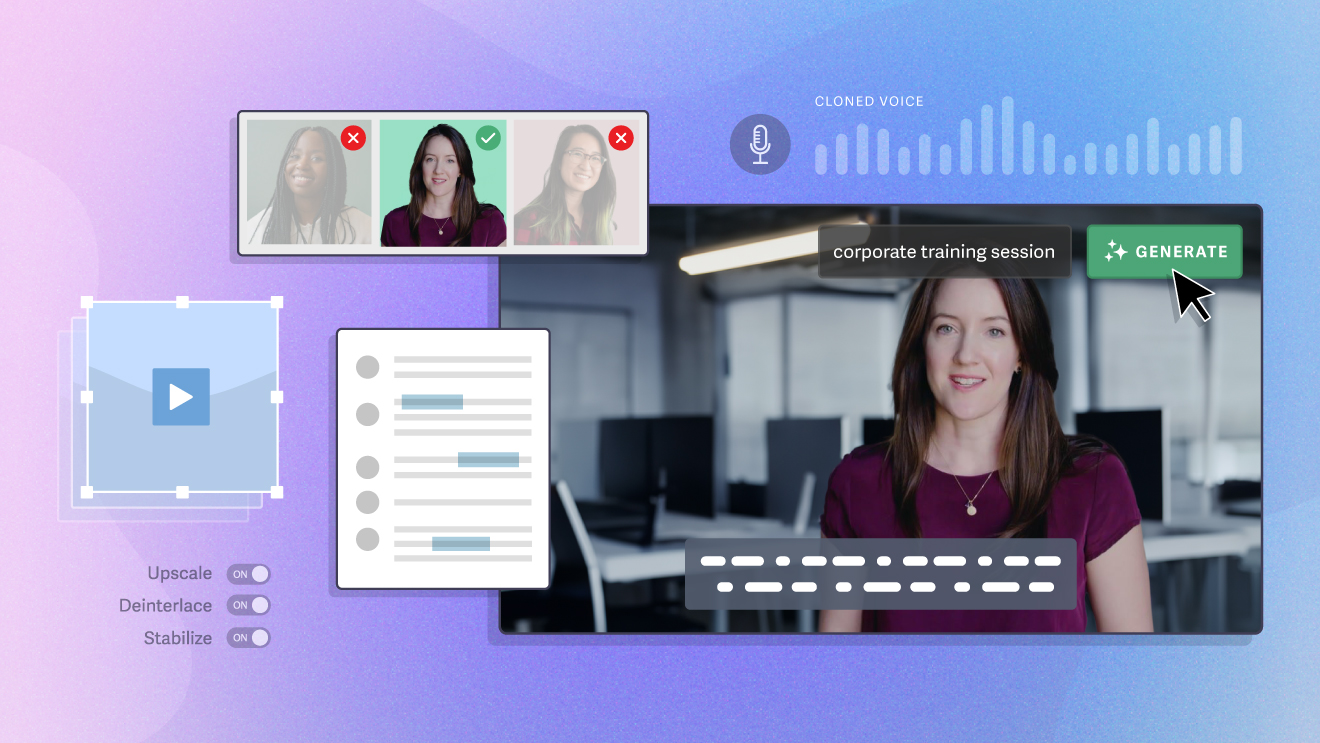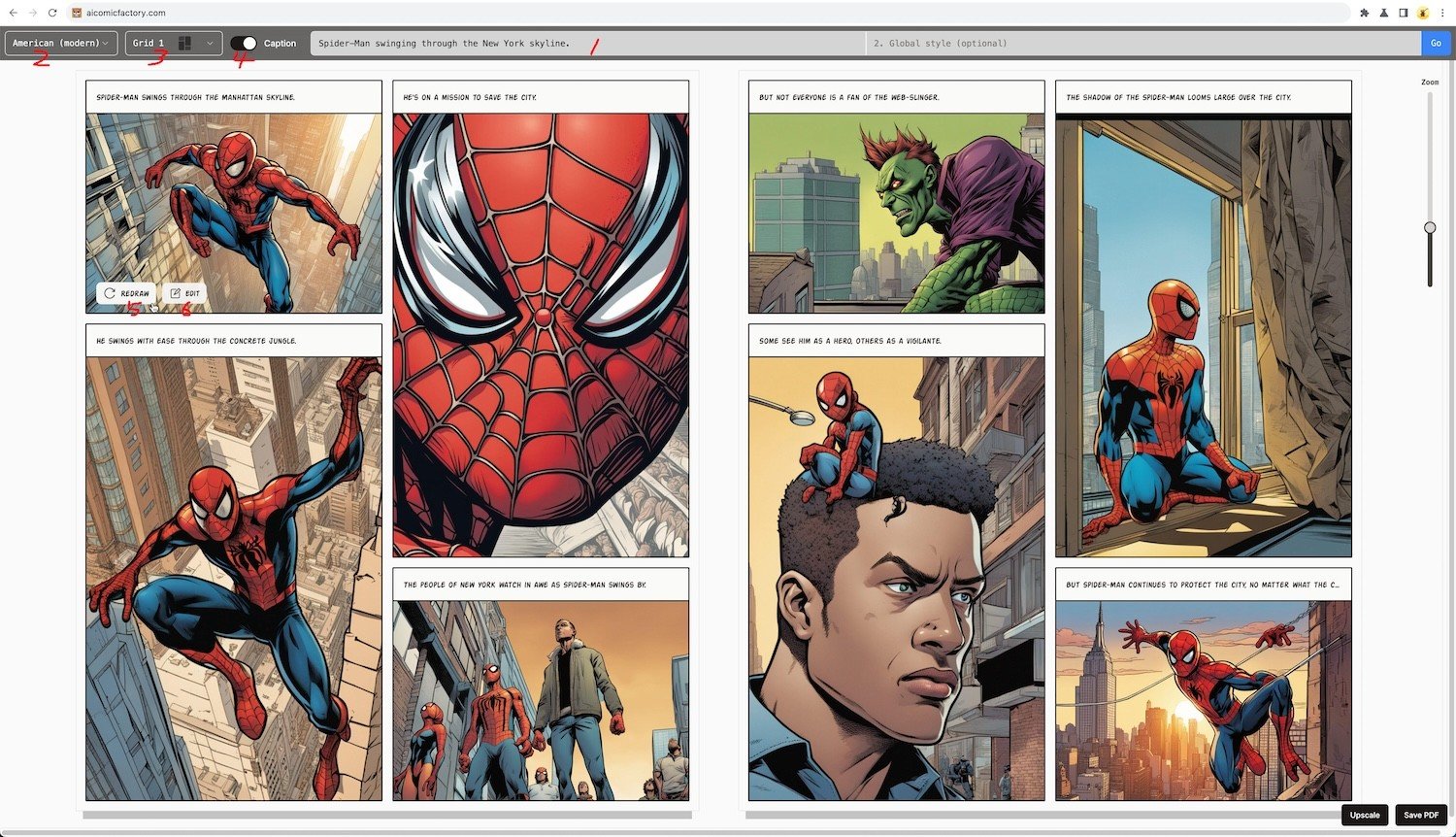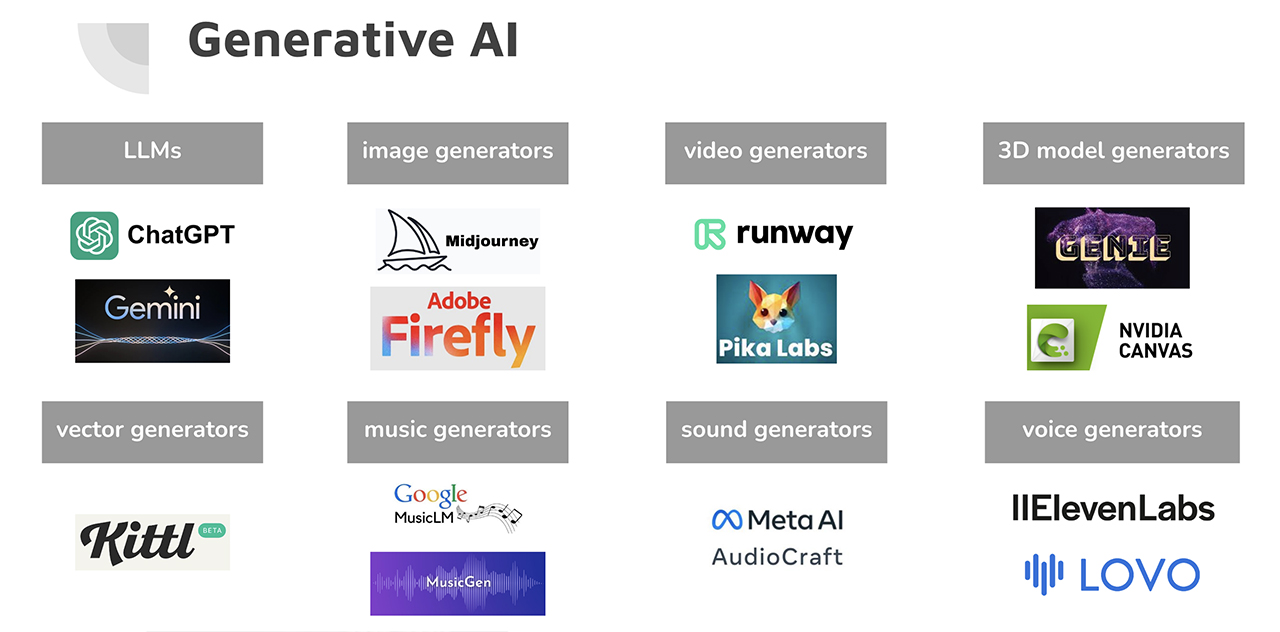No crew. No camera. Just AI, structure, and a clear goal: promote the $5 AI Film Skool community without sounding like every other recycled TikTok ad.
Here's how I did it.

Step 1: Script It Like a Movie
We started with a classic hero's journey: Max, a frustrated creator, failing at ads until he discovers AI storytelling and a supportive community. The goal was clear: we needed viewers to feel like they were watching a movie trailer, not an ad.
To do this, we followed a tested 140-word structure:
- Hook with contrast: "Your last ad? Flopped harder than a dad joke on TikTok." This line immediately sets the tone with humor and stakes.
- Visible Goal with urgency: "48 hours to make a scroll-stopper or flatline my brand." A clear, time-bound objective.
- Twist + Transformation: "Found the $5 Skool crew. Dropped my first AI ad. 12K views overnight." This is the emotional payoff.
- CTA: "Learn to make these for $5. Or we'll make it for you." Direct, low-barrier, and dual-path.
The result: a script that reads fast, punches emotionally, and gives creators a reason to care.
The Psychology Behind Viral Video Ads
Traditional ads tell you what to buy. Narrative-driven content shows you who you could become. When Max transforms from frustrated creator to viral success story, viewers don't just see a product—they see their own potential transformation.
This psychological shift is why story-driven ads outperform feature-focused content by 300% on average. You're not selling a service; you're selling identity transformation.
Step 2: Visualize with AI (ChatGPT)

Next came bringing the script to life, one image at a time. Using ChatGPT's image generation tools, we created over 30 unique, high-emotion comic panels. The style was intentional: vintage 90s cartoon, bold outlines, and high emotional contrast. Every panel was crafted in 9x16 format for maximum mobile impact.
Each image was tightly matched to a moment in the script:
- Max in despair with only 3 likes
- A comedic moment running toward an oncoming train with a failed script
- A mystical pyramid scene with Max uncovering the ancient storyboard of viral video
- His transformation: riding through Cairo in a tuk tuk, laptop in hand, DMs flooding in
We also kept a strict visual brand for Max — same outfit, consistent face shape, color tones, and expressions — to maintain story immersion across all scenes.
Advanced Character Consistency Techniques
The secret to maintaining character consistency across 30+ panels lies in your initial prompt engineering. Start with a detailed character sheet:
"Max is a 28-year-old creator with short brown hair, wearing a navy blue hoodie, dark jeans, and white sneakers. He has expressive brown eyes, a slight stubble, and an earnest facial expression. Art style: 90s cartoon animation, bold outlines, vibrant colors, 9:16 aspect ratio."
Save this base prompt and reference it in every image generation. For emotional variations, simply add: "Max looking frustrated," "Max excited and pumping fist," etc.
Step 3: Voice It with ElevenLabs
With visuals ready and script locked, we used ElevenLabs to deliver a professional voiceover. The voice tone had to evolve:
- Start with sarcasm
- Dip into stress and panic
- Shift to discovery and wonder
- End with confidence and triumph
Using clean line breaks and pacing controls, we shaped a voiceover that feels like it's part of a cinematic trailer. Not too polished — but authentic and emotionally resonant.
Voice Modulation Mastery
ElevenLabs' real power lies in its emotional range controls. Here's the exact settings we used:
- Opening sarcasm: Stability: 0.75, Clarity: 0.85, Style Exaggeration: 0.65
- Mid-panic: Stability: 0.45, Clarity: 0.70, Style Exaggeration: 0.85
- Discovery moment: Stability: 0.80, Clarity: 0.90, Style Exaggeration: 0.40
- Confident close: Stability: 0.85, Clarity: 0.95, Style Exaggeration: 0.30
Step 4: Build the Score with Kling

To heighten the cinematic impact, we used Kling to layer in custom background music. This included rising strings, heartbeat rhythms, synth hits — each sound timed to match key emotional moments in the story.
The music wasn't just a background layer — it added urgency, tone, and depth. Kling let us blend AI-crafted cinematic audio that felt handcrafted.
Cinematic Audio Layering
Professional sound design follows the "rule of thirds" for audio:
- Foundation layer (33%): Consistent background music that sets the mood
- Narrative layer (33%): Voiceover and dialogue
- Impact layer (33%): Sound effects, transitions, and emotional peaks
This creates depth without overwhelming the viewer. Each layer supports the others rather than competing for attention.
Step 5: Add Sound Effects for Impact
Finally, we spiked the narrative with high-impact sound effects. Whooshes for transitions, glitchy pops during breakdown moments, sparkles on transformation scenes — all added with intention.
The result: a comic sequence that feels like a high-end motion graphic film. Not static. Not robotic. Alive.
What We Got
A fully illustrated, voice-narrated, story-driven ad that looks like a Netflix teaser but cost less than brunch. Audience reactions: screenshots, shares, DMs. It's getting reused for vertical video, reels, newsletters, and even in onboarding flows.
Performance Optimization
Here's what the numbers looked like:
- 12K views in first 24 hours
- 4.2% engagement rate (3x industry average)
- 127 new community sign-ups directly attributed
- $640 revenue from $5 memberships (first week)
- 15 premium inquiries for custom video services
The Takeaway: This Is a Repeatable System
If you're selling anything online and you're not using narrative-driven content like this... you're leaving attention on the table.
You need:
- A story worth watching
- AI tools to visualize and voice it
- A clear CTA
Scaling Your AI Video System
Once you've proven this process works, scale becomes about templates and systems:
- Create story templates: Hero's journey, problem-solution, transformation story
- Build character libraries: 3-5 consistent characters for different use cases
- Develop voice profiles: Different ElevenLabs voices for different emotions
- Establish music moods: Tension, triumph, curiosity, urgency
- Create SFX packages: Transition sounds, emotional punctuation, brand audio
ROI Analysis
Breaking down the real numbers:
Investment:
- ChatGPT Plus: $20/month
- ElevenLabs: $22/month
- Kling credits: $15
- Time investment: 8 hours
First Month Returns:
- Direct revenue: $640
- Premium inquiries: $2,400 potential
- Brand awareness: Priceless
ROI: 1,127% in month one
Troubleshooting Common Issues
Character inconsistency? Your base prompt isn't detailed enough. Add specific clothing, facial features, and art style descriptors.
Voice sounds robotic? Add natural pauses with commas and periods. Use contractions. Record yourself reading it first to find the natural rhythm.
Music doesn't match emotion? Kling works best with specific mood descriptors: "Building tension with minor keys" vs. "Triumphant orchestral swell with major resolution."
Low engagement? Test your hook in the first 3 seconds. If viewers don't stop scrolling immediately, no amount of production value will save the rest.
Watch the complete workflow in action:
Ready to Create Your Own Cinematic AI Ads?
We built this for $5. You can too. Or let us make it for you.
